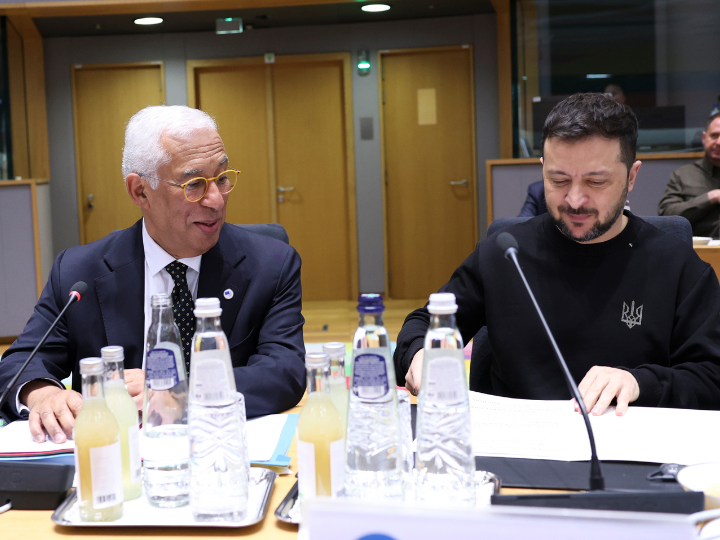by C. Vijayakumar*
When COVID-19 forced the brakes on the global economy, millions of people decided to step off the treadmill to refuel their aspirations. As many as 40-75% of the workforce is reported to be considering quitting their current job. This movement has precipitated a talent crisis, fuelling debate on whether this is the Great Resignation or the Great Reshuffle. While each analysis is insightful, I believe we are looking at something completely different; we are at the tipping point of the Great Relearning Revolution.
The workforce is eager to learn
While attrition numbers have been widely reported, the number of people choosing to learn has not. Enrollment on popular MOOC (massive open online course) platforms has skyrocketed. At Coursera, it was 640% higher from mid-March to mid-April 2020 than during the same period in 2019, growing from 1.6 to 10.3 million. At Udemy, enrolment was up over 400% between February and March 2020. The e-learning market, growing at a compound annual rate of 20%, is on course to reach a trillion dollars by 2027. Among the courses in high demand are data science, artificial intelligence and machine learning. For those struggling to find talent in these areas, that’s promising news.
This hunger to relearn within the workforce also reflected some interesting dimensions in other recent surveys. A Gallup-Amazon study revealed that 48% of workers in the US are willing to switch to a new job if offered skills training opportunities and 65% of them believe employer-provided upskilling is very important when evaluating a potential new job. A MetLife survey highlighted an even more interesting insight: two in three (63%) women who left the workforce during the pandemic said they are ready to return – and eight in 10 of those are considering careers in science, technology, engineering, and mathematics (STEM).
We seem to be witnessing a redefining of literacy, akin to Alvin Toffler’s prophecy, “The illiterate of the 21st century will not be those who cannot read and write, but those who cannot learn, unlearn and relearn.”
It’s time to rethink your human resource strategy
What should companies do in the eye of this storm? Every sailor knows there are only two ways to weather a storm – find the nearest port and anchor till it blows over, or adjust its sail, change course and ride the waves. What’s needed in the corporate environment is an adjustment of the sails. Denying this trend, playing it passively, or even reacting too aggressively (think inflated compensation tactics) is perhaps not the best solution, what is needed are three simple but foundational shifts in organizational human resource strategy:
1. Retention: shift from compensation reward to learning reward
It’s time to broaden the employment perspective away from CTCs (cost to company). According to a BCG survey, 68% of workers around the world – blue and white-collar alike – are willing to retrain and learn new skills. We knew this about Gen Z and the Millennials. Not so well known was that fact that nearly two-thirds of people over 45 are prepared to spend a significant amount of time learning new skills. Interestingly, the perceived value of training and development is reported to have almost doubled in the last five years. Rewarding and actively encouraging this effort could be an effective new lever for reframing the organizational view of talent retention.
2. Hiring: shift from qualification focused to skill-based
Historically, hiring has been anchored in conventional educational qualifications. We are now witnessing the stirrings of a promising new trend in the transition from an employers’ market to an employees’ market – skill-based hiring. In the US, LinkedIn reports a 21% increase in job postings advertising skills and responsibilities instead of qualifications. But there is still an overriding bias towards qualifications in hiring – we need to correct this urgently. Not only is finding a job the ultimate reward for an individual’s investment in learning new skills, the right skill-fit results in better performance and a win-win.
3. Focus: shift from people-enabled to people-enabling
We’re all aware of the fact that an organization’s success is enabled by its people. It’s time to turn this philosophy upside down – recognizing the fact that organizational success emerges when we become an enabler, when we create pathways to success for our people. A curious headline caught my attention the other day: Why a jungle gym is better than a corporate ladder. The article quoted talent experts advocating lateral moves, as well as dedicated time and money for learning in every company’s reskilling plan. Be it offering reskilling opportunities, or providing time-off and budgets for self-directed learning, companies that respond to the growing hunger for learning will find themselves propelled forward by the momentum.
The Fourth Industrial Revolution calls for a new mindset of continual learning. Yet, its very basis – internet of things, data analytics, cybersecurity, artificial intelligence and machine learning – are all areas of talent scarcity today. Industry 4.0 needs an equally powerful revolution to build a strong foundation and fuel its growth: the Great Relearning Revolution. The key to hope and the lever to success. Ignoring it today would be our loss.
*Chief Executive Officer and Managing Director, HCL Technologies
**first published in: www.weforum.org




 By: N. Peter Kramer
By: N. Peter Kramer
